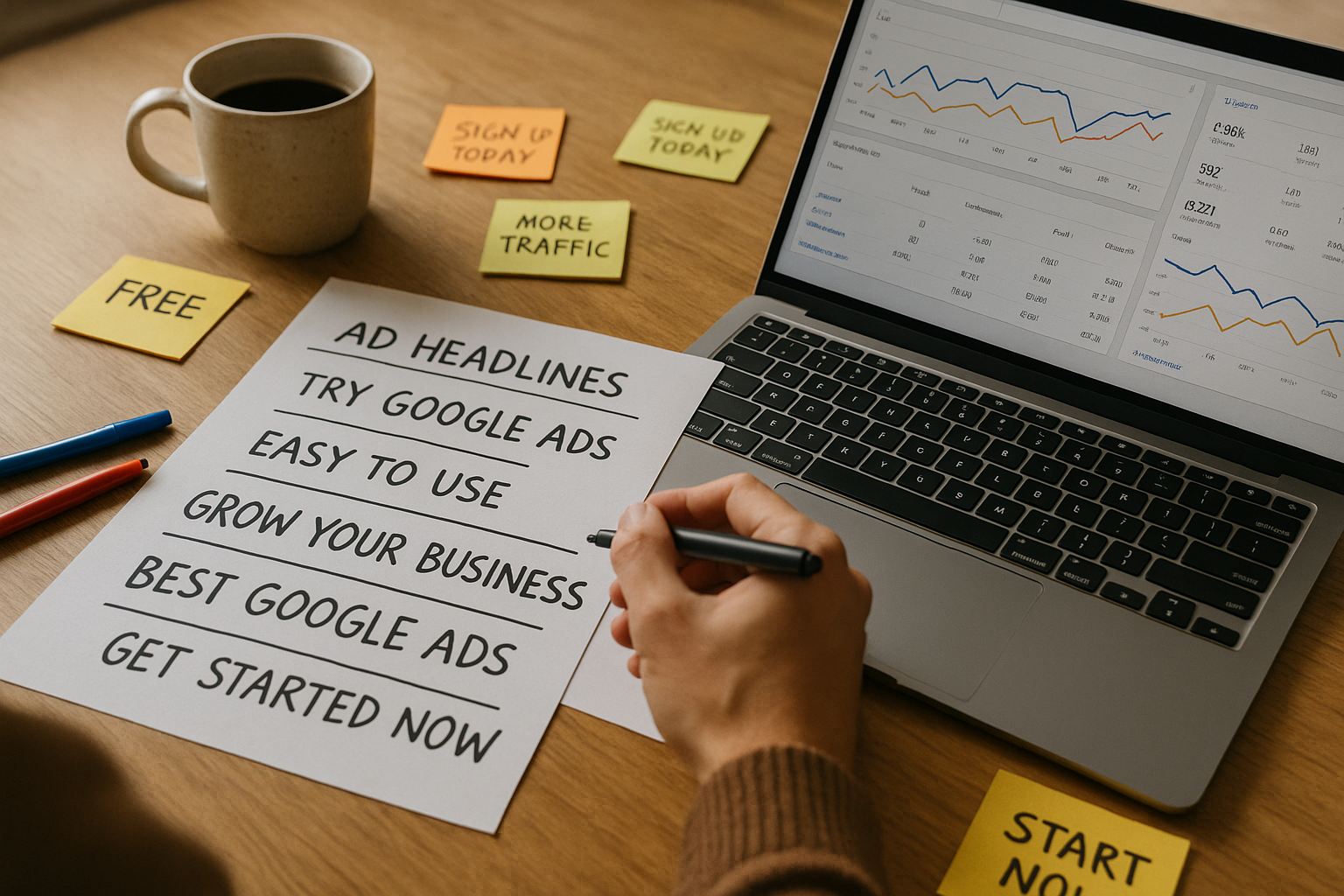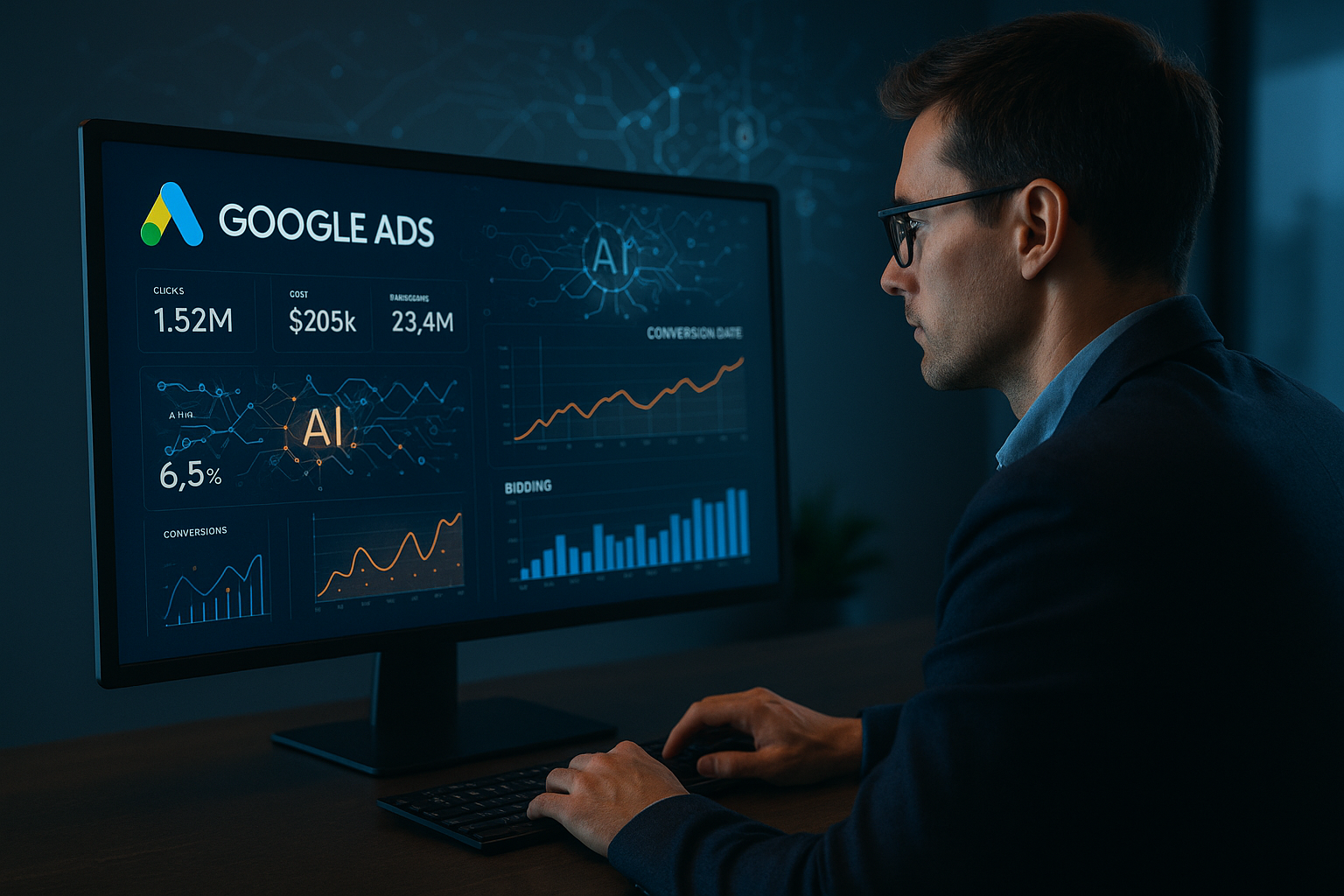What are SEO best practices for small businesses?
This is a subtitle for your new post
Search engine optimization (SEO) is no longer an optional strategy; it's a critical component for small business success in the digital age. With the overwhelming majority of consumers discovering new products and services through online searches, appearing prominently in Google results can be the difference between thriving and simply surviving. Effective SEO puts even small businesses on a level playing field with larger competitors, providing visibility, credibility, and a consistent stream of qualified leads.
For resource-conscious entrepreneurs, SEO offers a cost-effective tool to maximize marketing ROI. Whereas pay-per-click (PPC) campaigns demand continuous funding, SEO builds organic momentum over time, garnering compounding benefits from quality content, relevant keywords, and positive reviews. In 2025, the landscape is more competitive than ever, but also more rewarding for those who invest in best practices.
Master Technical SEO Foundations
The journey to SEO success begins with a technically sound website. A fast, mobile-friendly, and crawlable site forms the backbone of any effective SEO campaign. Google’s algorithms favor pages that load quickly on all devices, utilize secure HTTPS protocols, and provide a seamless experience for users, whether they’re browsing from a desktop or a phone.
- Site Speed: Compress images, leverage browser caching, and minimize code to ensure rapid page loads. Tools like Google PageSpeed Insights can diagnose and offer solutions for bottlenecks.
- Mobile Optimization: Responsive design is non-negotiable. More than half of all searches now come from mobile users, and Google ranks sites accordingly.
- Crawlability and Indexing: Make sure your robots.txt and sitemap.xml files are configured properly so search engines can find and index every important page.
- Core Web Vitals: In 2025, Google rates user experience using Core Web Vitals metrics like Largest Contentful Paint (LCP), First Input Delay (FID), and Cumulative Layout Shift (CLS).
A site with robust technical foundations prevents future ranking issues and provides a trusted experience for visitors, turning technical SEO into a high-leverage early win.
Conduct Smart Keyword Research
Understanding how potential customers search online is the key to being found in the first place. Keyword research exposes exactly which questions, phrases, and needs your ideal clients have. Start by brainstorming seed keywords related to your business, then use tools like Google Keyword Planner, SEMrush, or Moz to expand your list, focusing on both high-volume and long-tail keywords relevant to your niche.
- Search Intent: Determine whether users are seeking information, making comparisons, or looking to buy; match your content accordingly for each intent type.
- Long-Tail Opportunities: Pursue longer, more specific queries with lower competition—such as “affordable SEO services for local businesses”—for quicker rankings and higher quality traffic.
- Competitive Analysis: Check what keywords your top local competitors rank for to uncover gaps and new opportunities.
Effective keyword strategies evolve constantly. Revisit and refresh your target list based on seasonality and new search trends, keeping your content pipeline aligned with what your audience is actually seeking.
Create High-Quality, Relevant Content
Content remains king, especially for small businesses hoping to stand out in crowded markets. Google's ranking systems reward original, insightful, and useful content that addresses both user questions and their underlying intent.
- Expertise and Authority: Demonstrate subject-matter expertise by publishing industry insights, how-to guides, case studies, and data-driven research.
- Content Variety: Incorporate blogs, FAQs, product/service pages, and even videos or infographics to address diverse user preferences.
- Freshness: Update key posts regularly to reflect the latest developments and search trends. Google favors recently refreshed content—especially for time-sensitive topics.
- Formatting: Use structured headers, bullet points, and internal links for better readability and search engine comprehension.
Consistent content creation not only attracts leads but also establishes trust and positions your small business as a reliable authority, both for Google and your ideal customers.
Optimize On-Page SEO Elements
Every page on your website should be meticulously optimized for your target keywords and user experience. On-page SEO is where high-impact details can make or break your rankings.
- Title Tags and Meta Descriptions: Craft unique titles using main keywords, limited to 60 characters, and write clear meta descriptions between 130–150 characters that preview content and prompt clicks.
- URL Structure: Use clean, meaningful URLs that include relevant keywords and are easy for users and search engines to parse.
- Header Tags: Divide content with H1, H2, and H3 tags to organize information intuitively. Embed secondary keywords and make headings compelling.
- Image Alt Text: Every image should include descriptive alt text that supports both accessibility and SEO efforts.
- Internal and External Links: Link to related posts and trusted external resources to guide visitors and support Google’s understanding of your site structure.
A solid on-page optimization strategy multiplies the odds of every page ranking for multiple, relevant search queries.
Win with Local SEO Tactics
For small businesses serving a specific geographic area, local SEO is critical. Local search engine optimization ensures your brand features prominently in map packs and "near me" searches, driving high-intent, ready-to-convert leads.
- Google Business Profile (GBP): Claim and optimize your profile with accurate contact info, business hours, services, photos, and updates.
- Citations: Ensure your Name, Address, and Phone Number (NAP) are consistent across all business directories, review sites, and social media profiles.
- Map SEO: Stand out on Google Maps with regular posts, service updates, and responding to reviews, all of which boost local engagement.
- Hyper-Local Content: Create location-specific landing pages and blog posts catering to community events, local news, and customer stories.
Strong local SEO wins make small businesses the obvious choice for nearby searches, increasing foot traffic, calls, and online inquiries.
Build Trust with Positive Online Reviews
Reviews are a ranking factor for local searches and play a major role in convincing new customers to choose your business. Proactively collecting and responding to customer reviews demonstrates trustworthiness to both Google and potential clients.
- Ask for Reviews: Encourage satisfied customers to leave positive feedback on Google, Yelp, Facebook, and other relevant platforms.
- Respond Promptly: Thank reviewers for praise, and address negative reviews constructively and professionally to build credibility.
- Showcase Testimonials: Highlight high-quality testimonials on your website to support social proof and persuade hesitant buyers.
Consistency in garnering good reviews not only boosts your GBP rankings but also elevates your brand reputation over the long term.
Harness the Power of Link Building
Backlinks—links from other reputable websites to yours—are one of the strongest indicators of authority and trust for Google. Small businesses must focus on building a diverse, high-quality link profile.
- Earned Media: Contribute guest posts to industry blogs, participate in community news, and secure mentions from local media outlets.
- Supplier and Partner Links: Leverage relationships with vendors, partners, and local organizations to earn backlinks.
- Directories and Citations: Submit your site to reputable business directories, ensuring NAP consistency with your GBP.
Regular link acquisition—combined with internal linking strategies—signals credibility and authority, helping your domain rise in challenging search results.
Focus on User Experience and Accessibility
Google increasingly rewards sites that prioritize users through intuitive design, fast load times, and accessible content. A seamless user experience (UX) not only improves rankings but also converts more visitors into clients.
- Navigation: Menus should be logical and predictable, helping customers find what they need with minimal clicks.
- Mobile Usability: Ensure touch targets, fonts, and layouts are optimized for all device sizes.
- Accessibility: Use alt text, ARIA labels, and proper color contrasts so that all users, including those with disabilities, can consume your content.
Sites that engage and assist users holistically see lower bounce rates and higher retention, both directly feeding into SEO strength.
Monitor Performance and Adapt Strategies
SEO is never a one-and-done project. Continual tracking and iterative improvement drive lasting gains.
- Google Analytics 4 (GA4): Measure website traffic, user actions, and conversions to understand which SEO strategies deliver results.
- Search Console: Identify crawl errors, monitor search visibility, and detect technical issues so you can correct them quickly.
- KPIs: Track keyword rankings, organic traffic, click-through rates (CTR), and conversion rates to identify what’s working and where improvements are needed.
Set aside time each month to review data, test new approaches, and refine your tactics based on what the numbers reveal. The most successful small businesses treat SEO as an iterative, evolving process.
Future-Proof Your SEO with AI and Generative Engines
The rise of generative AI platforms like ChatGPT and Google Gemini is changing how online visibility works. Generative Engine Optimization (GEO) focuses on influencing how AI tools present and recommend businesses.
- NAP Consistency Audit: Ensure business information is uniform across the web to be correctly referenced by generative engines.
- Structured Data (Schema Markup): Implement schema markup so AI can understand and pull key details about your services.
- Semantic Content: Write content answering likely AI and voice search queries, using natural language and local context.
- Regular Monitoring: Track how major AIs reference your business and tweak content to improve your presence in conversational engine results.
Adopting GEO techniques in tandem with classic SEO ensures your small business remains visible as search continues to evolve.
Conclusion: Small Business SEO Never Stands Still
The digital landscape in 2025 is full of opportunity for small businesses willing to embrace SEO best practices. From technical optimization and content excellence to local search and AI-readiness, consistent attention to these strategies will help your website rise above the noise, attract loyal clients, and build a future-proofed business.
Investing in SEO is an investment in the long-term sustainability of your organization. As algorithms change and new technologies emerge, the core principle remains unchanged: prioritize genuine value for potential customers at every touchpoint. With patience and persistence, small businesses can dominate their local markets and become recognized leaders in their industries—both online and off.












